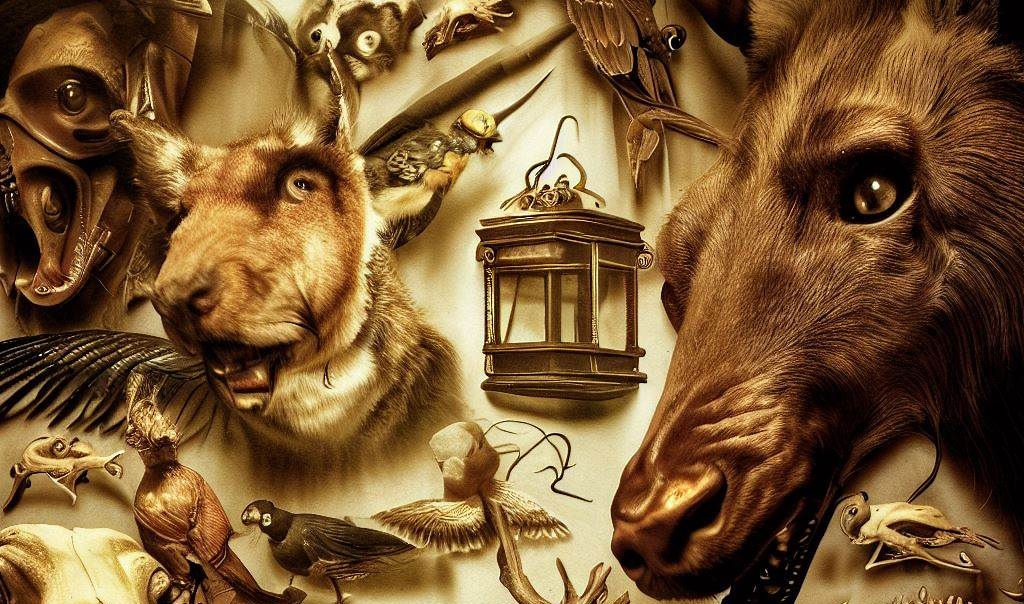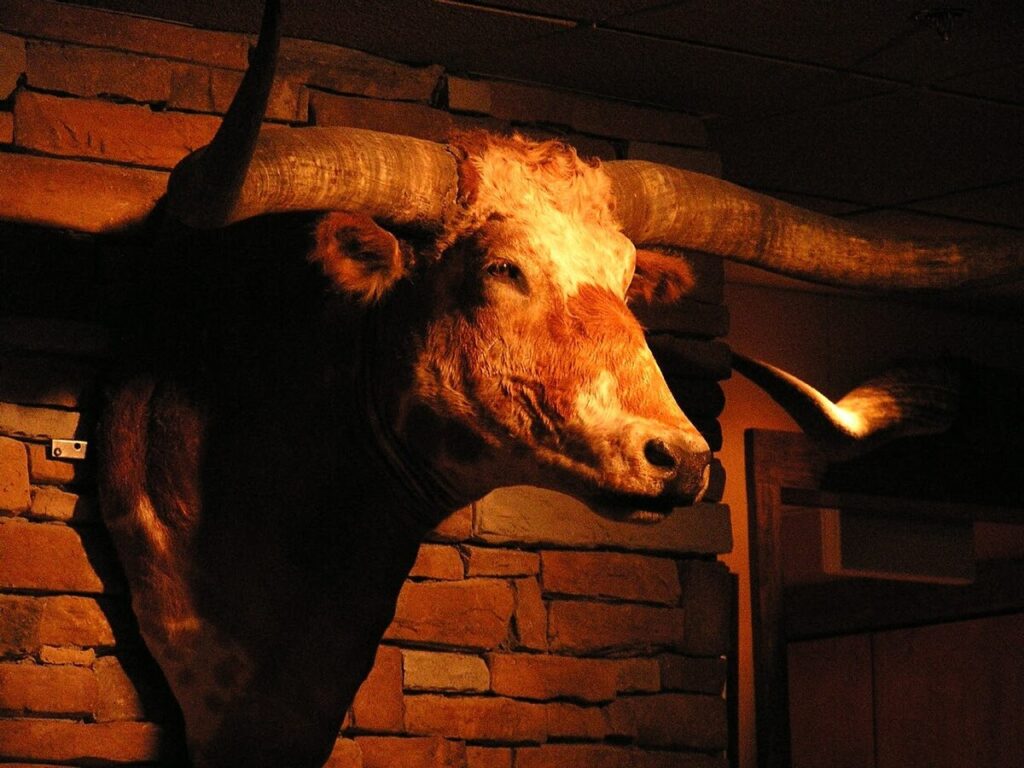Taxidermy, the art of preserving, stuffing, and mounting animal skins for display, has a rich and fascinating history that spans millennia. From its humble beginnings in ancient civilizations to its modern-day applications in art, science, and education, taxidermy has evolved and adapted to reflect changes in culture, technology, and society. In this article, we will explore the captivating journey of taxidermy from antiquity to modern times.
Ancient Roots
The practice of preserving animal remains dates back to ancient civilizations such as ancient Egypt, where mummified animals were buried alongside humans as offerings to the gods. However, the true origins of taxidermy as an art form can be traced back to ancient Greece, where the technique of animal preservation was refined and documented by early naturalists and philosophers.

During the Renaissance period, interest in natural history and scientific inquiry led to a resurgence of interest in taxidermy. European explorers and naturalists began collecting specimens from around the world, leading to the establishment of cabinets of curiosities and the development of early taxidermy techniques.
The Rise of Taxidermy as an Art Form
In the 18th and 19th centuries, taxidermy experienced a golden age as advancements in preservation techniques and mounting methods allowed for more lifelike and realistic displays. Natural history museums and private collectors commissioned taxidermists to create elaborate dioramas and exhibits showcasing the diversity of the natural world.
One of the most famous taxidermists of this era was Carl Akeley, whose innovative techniques revolutionized the field of taxidermy. Akeley pioneered the use of sculpted forms and anatomically accurate models to create lifelike mounts that captured the essence of the animal in its natural habitat.
Taxidermy in the Victorian Era
The Victorian era saw a surge in the popularity of taxidermy as a fashionable hobby among the upper classes. Wealthy aristocrats and amateur naturalists competed to amass collections of exotic specimens from far-flung corners of the globe. Taxidermy became a symbol of status and sophistication, with mounted animals adorning the parlors and drawing rooms of Victorian homes.
At the same time, taxidermy also played a crucial role in scientific exploration and discovery. Naturalists such as Charles Darwin and Alfred Russel Wallace relied on taxidermy specimens to study and document the diversity of life on Earth, contributing to our understanding of evolution and biodiversity.
Modern Innovations and Applications

In the 20th century, taxidermy continued to evolve with the advent of new technologies and materials. The development of synthetic resins and foam rubber allowed for more durable and lightweight mounts, while advancements in sculpting and painting techniques enabled taxidermists to create incredibly lifelike and dynamic displays.
Today, taxidermy finds applications in a wide range of fields, from wildlife conservation and education to art and entertainment. Museums and educational institutions use taxidermy mounts to engage and educate the public about the natural world, while artists and designers incorporate taxidermy elements into their work as a means of exploring themes of life, death, and the human-animal relationship.
In conclusion, the history of taxidermy is a testament to humanity’s enduring fascination with the natural world and our desire to understand and preserve the beauty and diversity of life. From its ancient origins to its modern-day applications, taxidermy continues to captivate and inspire us with its blend of art, science, and storytelling.
